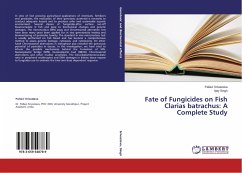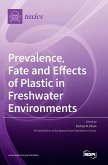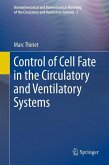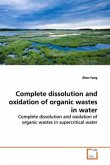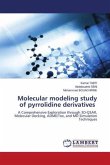In view of fast growing agricultural applications of chemicals, fertilizers and pesticides, the evaluation of their genotoxic potential is necessity to conduct adequate hazard and to produce safer and sustainable aquatic environment. Several classes of fungicides,after surface run-off bioaccumulate in fish and pose to biochemical changes and genetic damages. The micronucleus (MN) assay and Chromosomal aberration test have since many years been applied for in vivo genotoxicity testing and biomonitoring of pesticides toxicity. The standard in vivo micronucleus test is usually performed on fish blood and has become a comprehensive method to assess genetic damage, cytostasis, and cytotoxicity. On other hand Chromosomal aberrations in metaphase also revealed the genotoxic potential of pesticides in tissues. In this investigation, we have tried to inform the possible mechanisms behind the formation of MN, Nucleoplasmic bridge (NPB), Nucleoplasmic bud (NBUD), Chromosomal aberrations andother nuclear anomalies. The binucleate/mononucleate ratio in peripheral erythrocytes and DNA damages in kidney tissue expose to fungicides use to evaluate the time and dose dependent response.
Bitte wählen Sie Ihr Anliegen aus.
Rechnungen
Retourenschein anfordern
Bestellstatus
Storno

